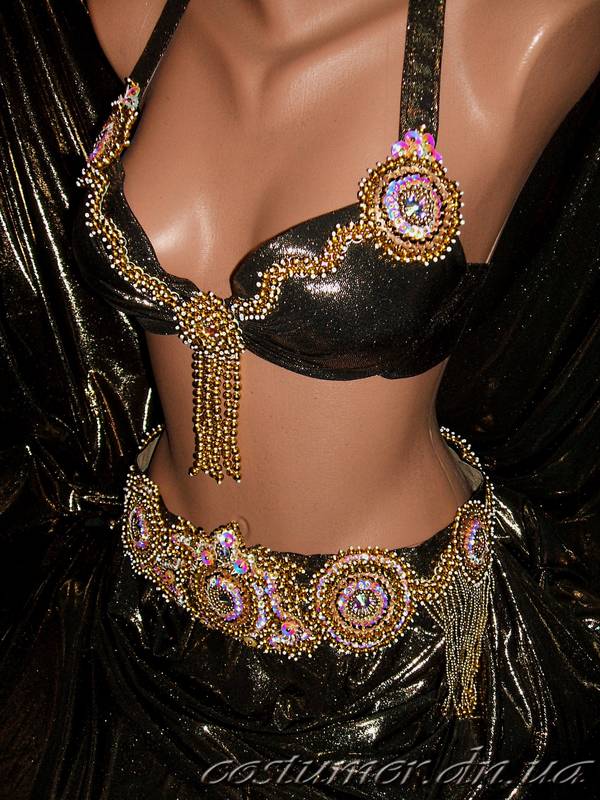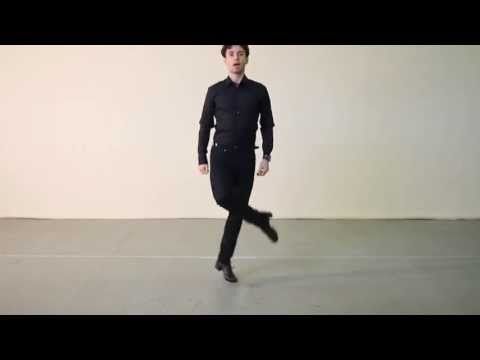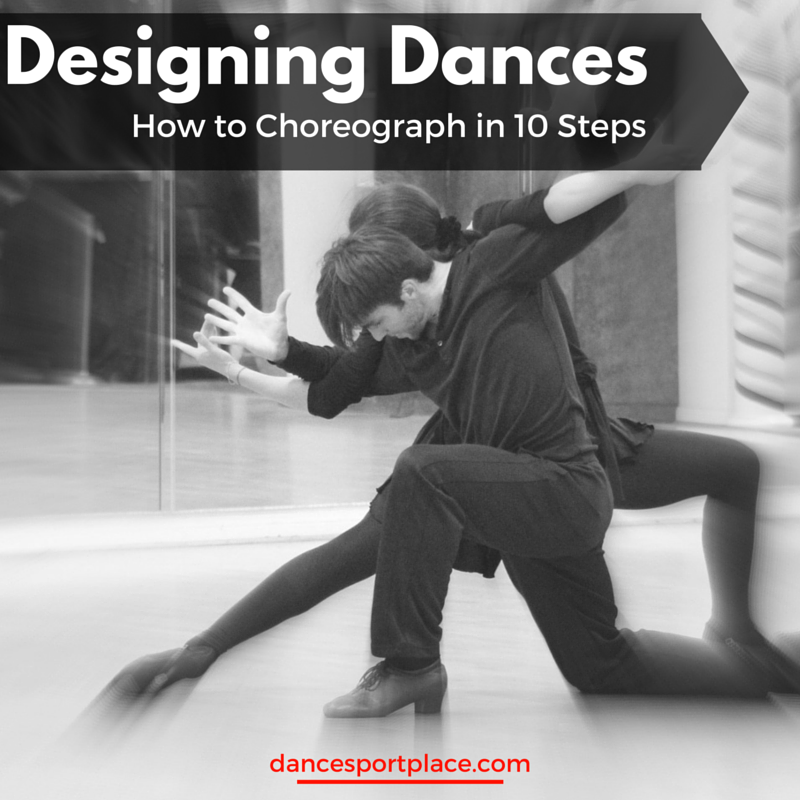Learn how to square dance
How To Square Dance? 5 Tips to Make You a Better Square Dancer
Previous | Next
What is Square Dance?
Square dance is a traditional dance that has been part of American social life for centuries. It is documented to have originated in England in the late 16th century. Although originating in England, square dance was also very popular in France and other European countries like Italy and Germany. When Europeans from these countries settled in other countries, they took the dance with them. It was then adopted in those cultures with some minor differences. It was through these settlers that square dance was introduced to North America.
Now square danceis most popular in Germany, the United States of America, Canada, and Australia. Each of these countries has a slight variation in the dance. Square dance has also been designated as the official state dance in 19 U.S. states and is demonstrated in many festivals and family gatherings.
The dance, as mentioned earlier, varies slightly in each of the different countries. The difference is not always significant, but it still exists. In most American forms of square dance, the dancers are prompted or cued through a sequence of steps (square dance choreography) by acaller and dance to the beat (and, in some traditions, the phrasing) of music. In some forms of traditional square dancing, the caller may be one of the dancers or musicians, but in a modern western square dance, the caller is on stage, giving full attention to directing the dancers.
How to Square Dance
Learning to square dance is an excellent way to get some exercise and learn a fun style of movement and socialize at the same time. It may not be the easiest form of dancing, but it is very entertaining to both perform and spectate.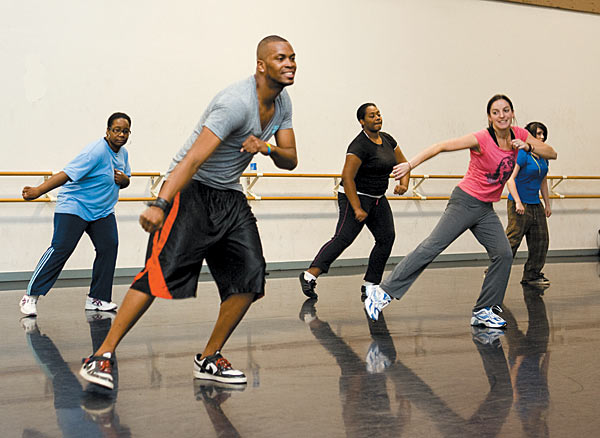
Square Dance Basics
Square dancing typically comprises four couples or eight people. Each couple is made to stand on a different side to form a square. Each dancer faces the center of the square and there is usually a male/female combination for each couple.
The female is usually placed on the left side of her male counterpart and is usually called his “corner”. Similarly, the man on the woman’s right is, in turn, her corner. The couples are then numbered to make sure that every couple follows a proper move. After the numbering, the couples move counterclockwise through the square. The dance only starts with the couple formation, but as the participants move through the dance, the partners are exchanged and original partners can mean nothing. The couple might start out together but during the dance, the man and woman both will get to dance with other people as the dance requires interchanging with the other couples.
|
|
| |
| Dresses | Blouses | Skirts |
Tips for the Beginner Square Dancer
- Listen - Learn to be a good listener.

- Know where you are in a formation - center, end, trailer or leader, always be mindful of the formation so you’ll know what part of the next call to execute.
- Learn the definitions - learn the meaning of the calls.
- Hand grips are preferred over arm grips - in set-ups where dancers are facing- thumbs and fingers together. Thumbs should not be linked like shaking hands.
- Trust the caller - A call set -up may not feel right and you think you are in the wrong position just be patient the caller will guide you (3).
Square Dance “Calling”
In square dance, the caller calls out the instructions to the dancers. When the caller calls out, participants have to dance the steps that are being called. This makes every square dance different and exciting! Calls might also contain a modifier describing how many times the call is to be performed, such as “promenade ½”. (1).
Basic Square Dance Steps
HandHold
This dance step is when a hand from one dancer comes together with the hand of another dancer.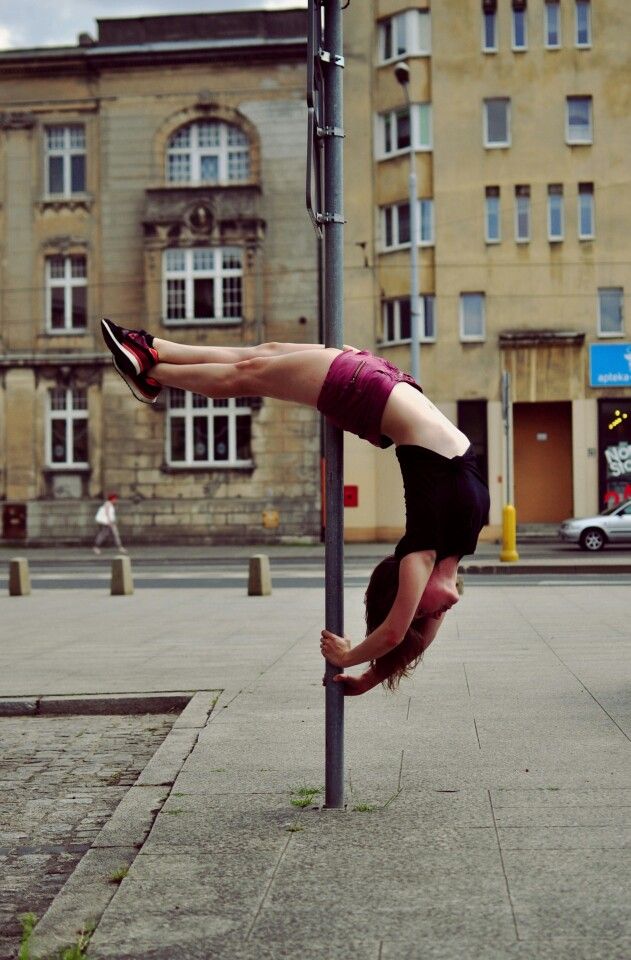 This can happen between the original couple or during the interchange. When this grasp is broken, the handhold is over (2).
This can happen between the original couple or during the interchange. When this grasp is broken, the handhold is over (2).
Allemande Left
This is when corners face each other and hold left hands. While holding the hands, the couples walk around each other and return to their own original position. There is also an Allemande Right, which is the same movement in reverse (2).
Ladies Chain
This is a step that involves only the ladies partaking in the dance. When called out by the caller, all the ladies single out and walk toward each other and hold right hands. They pass through, drop hands, and give left hands to each other’s partners (2).
Balance
As the name suggests, this move is going to definitely test out your balancing game. Partners hold right hands, hop on their left foot, cross over the right, hop on the right foot, and then cross the left. This movement is like an upbeat jazz dance’s Grapevine step. This step is often repeated several times and is a very joyful move because of the tip tap sounds which is produced because of the hopping.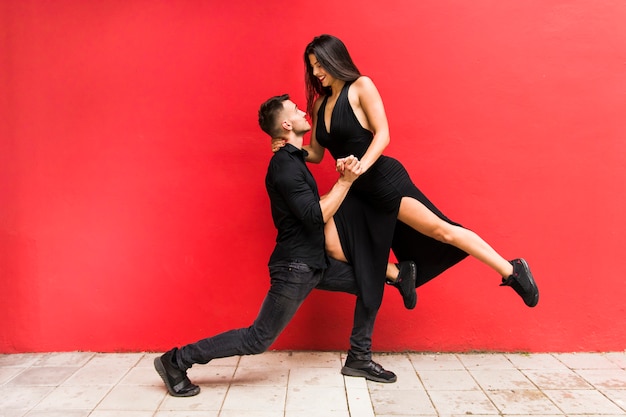 Not to mention the fact that it looks lovely to those viewing it if done in proper synchronization (2).
Not to mention the fact that it looks lovely to those viewing it if done in proper synchronization (2).
Opposite
This is when a dancer joins together with that dancer who is facing directly opposite to them (2).
Set
In this move, two lines of dancers facing each other each of 6 to 8 people, customarily with females in one line, males in the other. This is why the dance usually requires six to eight couples to perform it together. There is no way a dance like this can be performed by a single person alone. Its beauty lies in the synchronization of several people dancing together (2).
Promenade
Partners cross hands and walk counterclockwise back to their original positioning (2).
5 Tips to Make You a Better Square Dancer
- Keep both feet on the floor- Remember toe should slide on the floor first. When you walk your one foot is off the floor for a time and you can be off-balance easily. Use the shuffle step with both feet to glide along the floor to remain perfectly balanced.
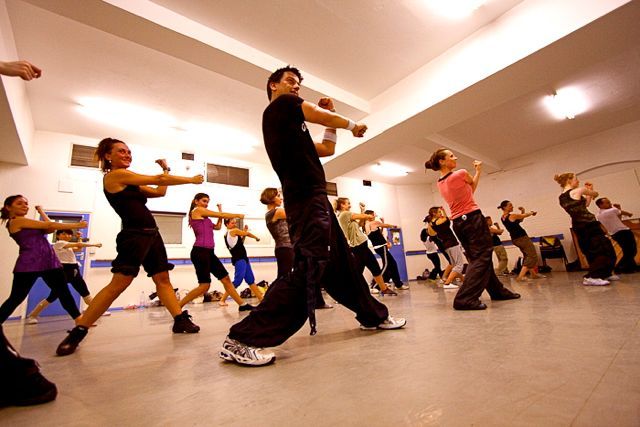
- Keep you weight forward - Stay on your toes. Make your movements smooth to be a polished dancer.
- Stand tall and move lightly - Let the moving carry you along, don’t trudge.
- Take Smaller steps - Especially in men, make your steps smaller as it is easier to shuffle and maintain a balance that way. Don’t rush; the caller has to be ahead of you, so dance smoothly.
- Listen and dance to the music- The square is the framework for you to move. Take one gliding step on each downbeat of the music.
Conclusion
The square dance represents a celebration and is often seen at special occasions, family gatherings, or carnivals. Keeping the tradition alive and cherishing the heritage is the responsibility of the new, young generation.
The dance is more than a predefined set of steps that is required to be followed rigorously. Square dance brings a sense of community and inclusiveness as it lets anyone and everyone take part and enjoy it. Dancing with random people can enhance your confidence in interacting with people and also enhances community connection.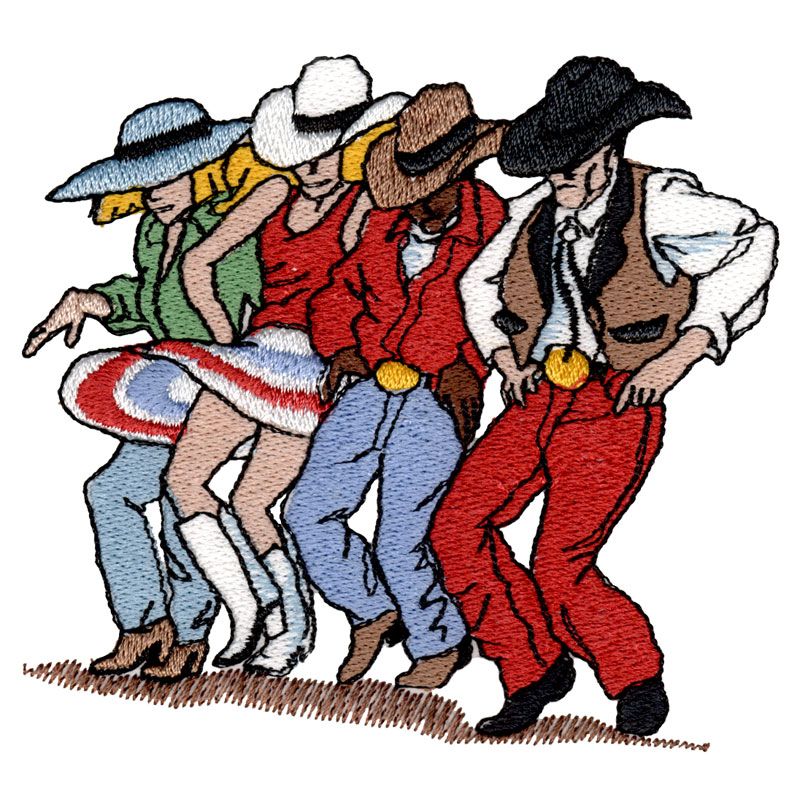 So get out there and get dancing!
So get out there and get dancing!
Sources:
- https://acme-corp.com/teamGuest/R/2_426/sd101/Square%20Dancing%20101.htm
- https://dance.lovetoknow.com/Square_Dance_Steps
- http://www.azsquaredance.com/documents/GCSDA%20HAND%20BOOKLET.pdf
Square Dance - Information for dancers and beginners
Square Dance - Information for dancers and beginnersBe there or be square
Square Dance is a dance for four couples. At the start of each dance these four couples stand on the lines of an imaginary square facing each other forming the so called “square”. Hence the name: Square Dance. But of course this dance is not for eight persons only. Most of the time several squares are dancing at the same time but independently of each other. A caller cues the dancers through a sequence of steps to the beat of the music, all movements smoothly flowing into each other. While dancing the dancers constantly change their positions and their partners until, at the end of a sequence, they are (or should be) back where and with whom they have started. The order in which the specific dance movements, the calls, have to be danced is up to the caller, so the dancers don't know what the next call will be, making every dance a new challenge for each group of eight dancers. This is what makes Square Dance a dance full of fun and variety, that stimulates your concentrativeness and reactions. The fact that you are not only dancing with one partner, but with a new partner for each dance and with three other couples in a square makes it easy to get to know the other dancers. Best conditions for singles and those of you who like to dance but your partner doesn’t.
The order in which the specific dance movements, the calls, have to be danced is up to the caller, so the dancers don't know what the next call will be, making every dance a new challenge for each group of eight dancers. This is what makes Square Dance a dance full of fun and variety, that stimulates your concentrativeness and reactions. The fact that you are not only dancing with one partner, but with a new partner for each dance and with three other couples in a square makes it easy to get to know the other dancers. Best conditions for singles and those of you who like to dance but your partner doesn’t.
Exciting
You never know what the next call will be.
Full of variety
Every dance is different.
Challenging
Dancers have to know how to react to the call according to their positions in the square.
International
The dance movements are the same and called in English everywhere, so you can do Square Dance all over the world.
What is special about Square Dance?
It is astonishing how quickly eight persons, that may not have met before, become a group and enjoy dancing together.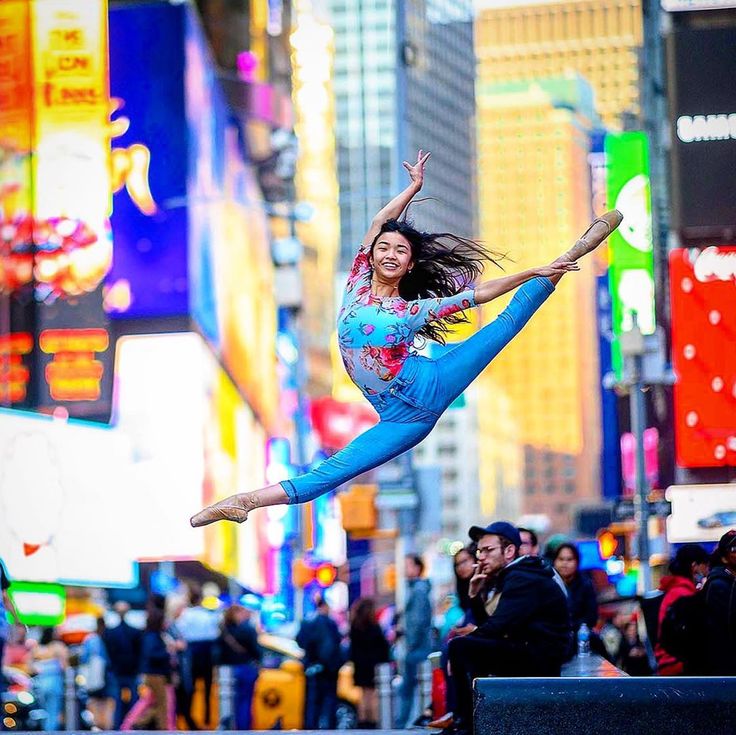 Maybe this is because you do not have to memorize a whole choreography and don’t have to remember what movement is next. The caller does that for you. The dancers just have to dance what they are told. A dance round (also called “a tip”) consists of two parts, that is two dances. In the first dance the caller speaks the calls rhythmically to the sound of instrumental music. This part usually contains more challenging figures to be practiced. The choreography often seems unstructured, what makes it challenging for the dancers. This is followed by the singing call. The caller sings the instructions as part of the lyrics of a song and the dancers have to listen closely to discriminate one from the other. Apropos music. If you think Square Dance is all about Hilly Billy Country Music, think again. You can do Square Dance to a wide range of music: Rock, Pop, Punk, Chansons, and of course Country Music. The calls are all in English and the same everywhere. So it is easy to travel and visit Square Dance Clubs and Special Events all over the world.
Maybe this is because you do not have to memorize a whole choreography and don’t have to remember what movement is next. The caller does that for you. The dancers just have to dance what they are told. A dance round (also called “a tip”) consists of two parts, that is two dances. In the first dance the caller speaks the calls rhythmically to the sound of instrumental music. This part usually contains more challenging figures to be practiced. The choreography often seems unstructured, what makes it challenging for the dancers. This is followed by the singing call. The caller sings the instructions as part of the lyrics of a song and the dancers have to listen closely to discriminate one from the other. Apropos music. If you think Square Dance is all about Hilly Billy Country Music, think again. You can do Square Dance to a wide range of music: Rock, Pop, Punk, Chansons, and of course Country Music. The calls are all in English and the same everywhere. So it is easy to travel and visit Square Dance Clubs and Special Events all over the world.
This video is played embedded by YouTube.
The privacy policy of Google applies?hl=en.
Dancer wearing Square Dance attire attending a big event
This video is played embedded by YouTube.
The privacy policy of Google applies.
Dancer wearing workaday clothes
Learning Square Dance
To learn Square Dance you don´t need special knowledge beforehand, but it helps if you are a good walker and can pay attention while walking. The individual moves are taught in a course that will be held by a Square Dance Club. Before a class starts the clubs often offer an “open house” where you can give Square Dance a try and learn the very first moves. Due to the fact that you will have an other partner for every tip, you don´t have to bring a partner to learn Square Dance. The course, where you will be taught about 70 dance figures, will take approximately 30 to 35 lessons. As mentioned before, Square Dance is international and all calls are in English. But don't worry, the explanations will be given in the local language of your country. A basic knowledge of the English language is advantageous, and makes it easier to understand the meaning of the calls, but is not necessarily needed.
A basic knowledge of the English language is advantageous, and makes it easier to understand the meaning of the calls, but is not necessarily needed.
After graduating from the Square Dance Class you might want to join a club to practice your Square Dancing skills on a regular basis. And of course you can also visit other clubs or even take part in Square Dance events.
Find a Square Dance ClubExamples for Square Dance Calls
What is so interesting about Square Dance is the variety of calls, with each call defining the exact way the dancers have to take within the square. Depending on your position in the square this way may differ a lot and the move thus feels different. If all dancers move according to the definitions the concatenation of several calls result in ever new formations. It is the callers task to arrange the calls and create new sequences so that the dance is always challenging and fun for the dancers.
Here you see the starting position of the eight dancers at the beginning of each dance.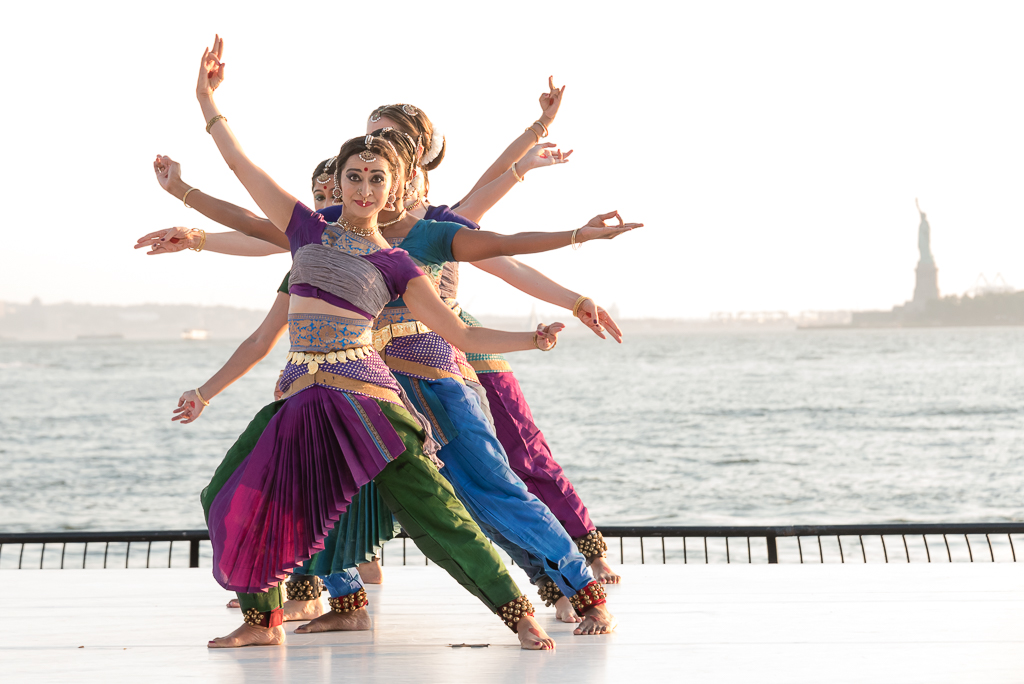
All four couples stand on the lines of an imaginary square. There is an exact definition for each call and by following the cues of the caller the dancers move within the square and find themselves in different formations, e.g. columns, lines, circles.
One of the easiest calls is Pass Thru. Starting from a position where the dancers face each other, the dancers just step forward, passing the opposite dancer on the left.
Before:
After:
The call Run is a good example how a dancer has to move in a different way according to his current position and line of sight. Here the directed (active) dancers, e.g. only the ladies, move forward in a semicircle around the person next to them to end in the latter's position. The adjacent (inactive) dancers adjust by stepping to the side into the vacated position from the active dancer without changing facing direction.
Before: After:
Depicted you see that the dancers at the end of the line (red / blue) move in a semicircle.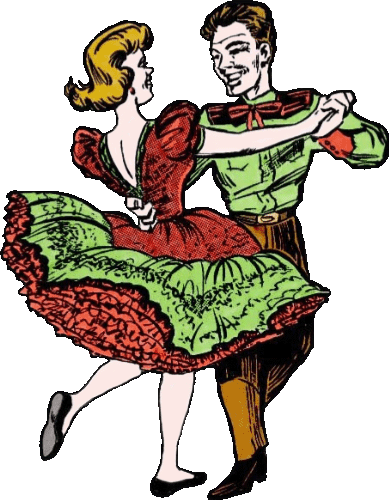 In the above line the red dancer moves clockwise whereas the blue dancer moves anti-clockwise in a semicircle, while the dancers in the middle of the line step aside to the left (green) or right (yellow) respectively. In the next line you see that now not only the position within the line has changed for each dancer, but also for the red and the blue dancer the facing direction changed. Hence you end in a different formation as you started from.
In the above line the red dancer moves clockwise whereas the blue dancer moves anti-clockwise in a semicircle, while the dancers in the middle of the line step aside to the left (green) or right (yellow) respectively. In the next line you see that now not only the position within the line has changed for each dancer, but also for the red and the blue dancer the facing direction changed. Hence you end in a different formation as you started from.
You don't have to know the rules by heart, but you need to know how to execute the move depending on your position in the square or line or whatever formation you are in at that moment. This is why one and the same call can mean something completely different to a dancer in the square. Beginners often struggle with this, but it is actually what makes Square Dance so fascinating.
Square Dance Attire
The traditional Square Dance outfit evolved as Square Dance became very popular in the USA in the 1950's and 60's. Therefore the fashion from this times still dominates the Square Dance attire.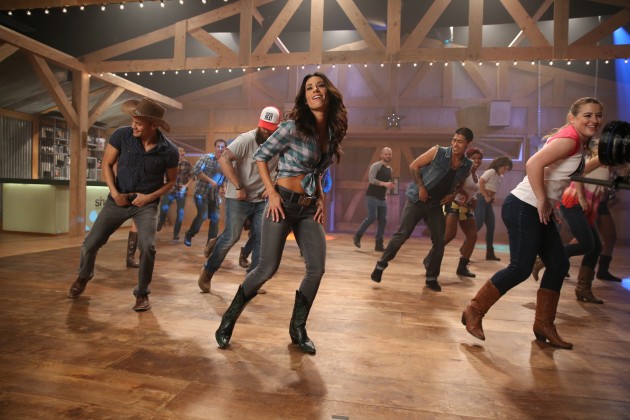 Every Square Dance club has its own rules about whether the dancers should dress up or can come in casual clothes. At evening dances and special events, you definitly should dress in the traditional Square Dance attire. But at all times, dress neatly. Never dress down for a dance.
Every Square Dance club has its own rules about whether the dancers should dress up or can come in casual clothes. At evening dances and special events, you definitly should dress in the traditional Square Dance attire. But at all times, dress neatly. Never dress down for a dance.
The traditional dress code for men is long trousers, long sleeve shirts with collar tips and a neckerchief or a bolo tie. While for the ladies a circular skirt, a petticoat and pettipants or a long western skirt with a blouse in matching colors is appropriate.
Quadrille dance - Choreographic ensemble Inspiration
Folk dances are known for their diversity, originality and rhythm of melodies, movements, as well as the number of participants. quadrille dance , a literal translation from French and Spanish, "a group of 4 people" is very popular all over the world.
In this article, we will consider how this dance originated, what movements make it up and how children are taught to dance.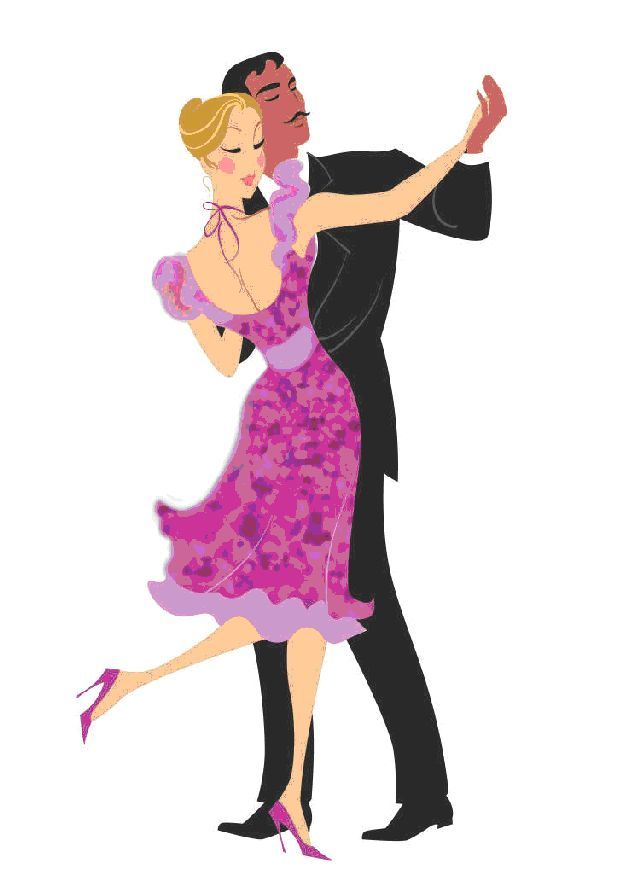
Historical formation
The ballroom pair dance direction in the 18th century was supplemented by folk dance quadrille , which originated in France. Historical formation continued in the 19th century in the territories of Europe and Russia. The progenitor of this dance genre is country dance.
Time signatures are subdivided:
- two by four;
- moving dimensions three by eight;
- quadrille;
- lanz;
- six by eight.
The rooms are lively and lively. Transformed into Russian square dance during the reign of Peter I, the new dances developed as a ballroom art in noble circles, and then spread among non-noble classes.
The intricate dance figures were handed down from servants to peasants and gained popularity at trade fairs. Gradually there was a modification, additional elements were introduced.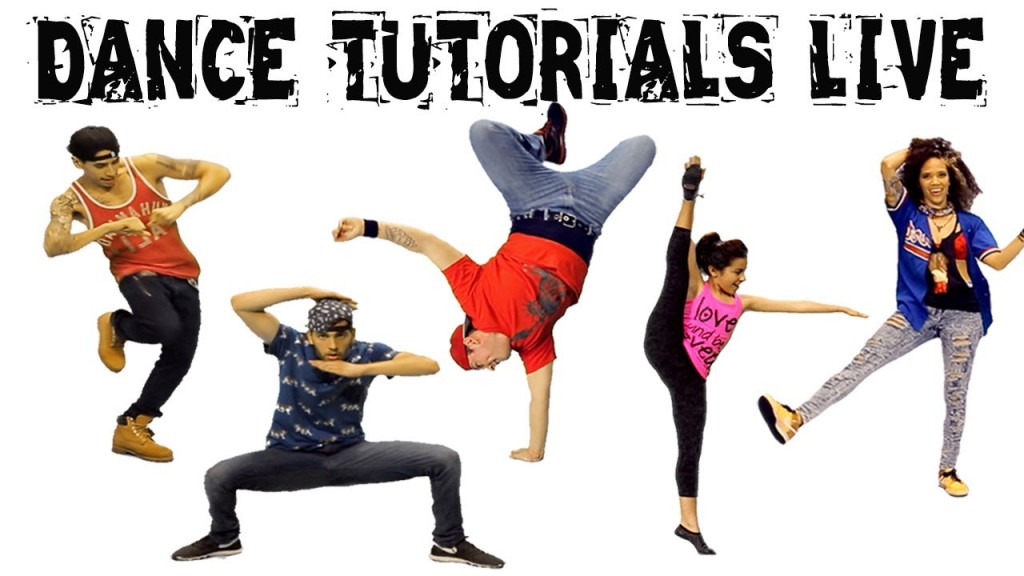 In the melodies and manner of performance, they acquired national colorful moments.
In the melodies and manner of performance, they acquired national colorful moments.
Attending the performance square dance to watch its quite interesting, as well as participating in its performance. From two or eight pairs are located at the corners of the room, creating a rectangle. Taking positions opposite each other.
The classic performance style includes five main figures: pants, summer, chicken, pastoral, finale. Russian folk dance quadrille includes certain style movements:
- Square - corner version.
- Linear - consists of two rows.
- Circular.
There are also changes in the presented dance figures, the total number of forms varies from three to fourteen options. It can be a moment of acquaintances, cockfights, communication with girls. As well as everyday features of the region where the quadrille is performed. Well, where without dancing and dancing, the original Slavic genre of performance. The finale is presented in whirling couples and a bow to the audience, while all this is accompanied by stomps and claps.
It can be a moment of acquaintances, cockfights, communication with girls. As well as everyday features of the region where the quadrille is performed. Well, where without dancing and dancing, the original Slavic genre of performance. The finale is presented in whirling couples and a bow to the audience, while all this is accompanied by stomps and claps.
Study in kindergarten Combines their name and elements of stomping and slapping during the performance period. Children enthusiastically approach the study of interesting, exciting and fun dance in kindergarten.
Helps to learn and consolidate square dance dance video , where each movement is presented in detail. It remains only to carefully watch, listen to the recommendations of the educator and repeat the necessary position. In case of difficulties, misunderstandings or delays in movement, there is always the opportunity to scroll to the desired fragment and re-read it.
In case of difficulties, misunderstandings or delays in movement, there is always the opportunity to scroll to the desired fragment and re-read it.
Young dance group is actively learning rhythmic dance, striving to perform at a high level. And parents at this time think over costumes and decoration. A common cause unites and unites the team. The result of such work is success during the presentation.
quadrille dance for children includes : "baskets", "stars", "circles", "sun" and many other understandable and positive movements. Russian square dance is popular in almost all regions of the country and among generations of all ages. As they say, from small to large.
They are preparing for the performance a square dance in the garden , both the younger group, and the middle, and the older.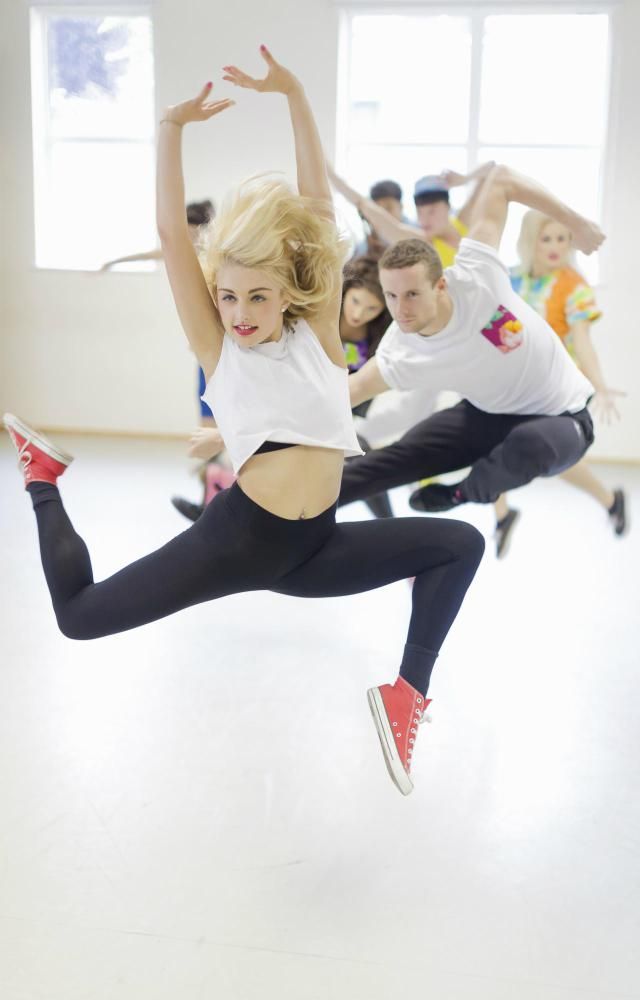 With age, movements become more complex, brighter and more diverse. The number of participants may also increase.
With age, movements become more complex, brighter and more diverse. The number of participants may also increase.
Dancing in kindergarten form the personality of the younger generation, give self-confidence, stabilize self-esteem, reveal creative potential and unite the team.
For the third year, "Motherland" has been collaborating with the amazing site "Prozhito" (PROZHITO.ORG), which contains more than 2300 diaries of Russians of the 19th-20th centuries. The next issue of "Live with the Motherland" is dedicated to the International Dance Day, which is celebrated on April 29. The style and spelling of the authors have been preserved. 1807 YEAR January 26/February 7. [...] On the 3rd of February, a big ball was appointed at Count Orlov's, which is called a feast for the whole world. There are many dancers in mind, but there are almost no dancers at all. Some well-known ladies who knew each other briefly in the count's house were commissioned by the young countess to recruit good gentlemen. I do not know why Katerina Alexandrovna Muromtseva considers me among the good gentlemen and offered to take me along with her eldest son. "But I can't really dance," I said, "I'm shy and clumsy." - "Et pourtant vous avez danse chez les Werevkines et vous dansez souvent chez les Lobkoff, comme si je ne le savais pas" .). - "It's true, but the Verevkins had a ball easily, and at the Lobkovs I dance pour rire (for laughter - fr.) in my mug, and I don’t dance, but jump like a goat. I refused, but Katerina Aleksandrovna resolutely announced to me: "Vous irez, mon cher; je le veux absolument: a votre age on ne refuse pas un bal comme celui du comte Orloff, ni une femme qui vous a vu naitre.Сest ridicule "(You will go, my dear; I definitely want this. At your age, they don’t refuse either such a ball as Count Orlov’s, or such a woman who saw you in diapers. This is wild! - fr.). There is nothing to do, I will equip my ball costume: a puce tailcoat and a white waistcoat with a Turkish shawl vest. I'll undress with my grip! 1808 YEAR October 30/November 11. In the morning, dad decided to go to a masquerade. [...] The hall was large, but poorly lit. Music was Semevsky. It was said that there were not many people today, but there were 130 people. The ladies were dressed in beautiful fabrics and adorned with jewels, but without elegance or taste. They danced so badly that even our maids danced much better than them, and of all the men there was only one who could somehow lead his lady. From a good life and constant sitting, the women here are so extraordinarily full that during the polonaise and round dance they drag their feet; from a waltz or a quadrille they are lost for the whole evening. [...] I danced a lot and had a lot of fun, but dad was bored. At 12 o'clock we left. 1812 YEAR 11th [February]. Natasha Rostova's first ball. Frame from the film "War and Peace". 1829 August 12/24. Saturday. A big reception at the Chief of Ceremonies Stanislav Pototsky. The ball was given in honor of Khozrev-Mirza. All Persians miraculously kept themselves in high society, so alien to their way of life and habits. It seems to me that they could easily be forgiven for looking at us with surprise and, probably, even with slight contempt, because the mazurka and waltz, it would seem, should shock people who are used to the fact that their women live as recluses and wear a veil . N. Rusheva. N.N. Pushkin at the ball. 1967 Photo: RIA Novosti 1831 YEAR 6/18 January. Attended a ball with General Herman, class inspector at the Catherine Institute in the Smolny Monastery. All of our ballroom meetings are the same. The difference is only in the decoration of the rooms and in the greater or lesser luxury of the treats. Three kinds of people are usually present at balls: dancers, Bostonists and spectators, who in turn are divided into spectators of the game and dances. The latter include obsolete ladies - the mothers of the heroines of the French quadrille and cotillion - or men invited to count. Dancing has always captivated me. I love to watch the play of faces of dancing couples. Women especially provide grateful material for this; as for men's faces, they are very rarely expressive. 1833 February 14/26. The masquerade at Volkonsky's is the most beautiful of the festivities that one can only see. The Quadrille of the Empress from the opera "The Miraculous Lamp" was excellent and exceptionally rich. She herself looked charmingly beautiful in her costume. Having bypassed all the halls with a cortege, the Empress sat down on the throne, and the participants in her quadrille performed dances very gracefully, but still they could have been better arranged. Then our quadrille began and had a great effect. 1840 YEAR October 7/19, . After a very, very unpleasant yesterday, I had fun today like a child. Istomin started for us un petit bal de famille et imaginez vous (a small family ball, and imagine - fr.) I, the old bastard, danced quadrilles, mazurkas, waltzes without rest, and God knows what else, of course, confused the figures in the best possible way ; but, really, we had more fun than at other prim city real balls. 1864 July 21/August 2. [...] I looked forward to yesterday, confident that I would see V. I was anxiously awaiting his arrival. Finally, I saw him, and he bowed to me for the first time. Finally, the quadrille began. God, what attentiveness, courtesy, he seems to want to charm her. From the first minute we began to talk, and then all my suspicions were justified, and I am glad that I can boast of foresight. He said a lot of pleasant things to me, and so the whole evening flew by. 2 September. Steamboat "Konstantin". [...] On the "Konstantin" the wardroom is 27 feet long (the width of the ship) and 16 feet wide. Here they arranged dances; found 2 violinists, concocted a triangle - that's the orchestra. Of course, there were hunters, and even more so hunters for dancing: priests, the daughter of an ordinary officer, steamship ladies, one ardent food official, the printer Andreev, Kononovich, myself, even Babst. 1882 May 29/June 10. [...] This evening my father was talking about what kind of person he would like to marry me to. He says, certainly for a person outstanding in something, but not a secular one. “Like, he says, if a mazurka dances well, it means that he is no good.” In my opinion, too. Are we being judged like this? And I tried so hard to learn how to dance the mazurka best of all, and when Misha Sukhotin told me that he was ashamed to dance with me, because I dance so well, and he is so disgusting, how proud I was! September 29 (September 17). 1892 December 17/29. The whole evening passed remarkably cheerfully. After a while, almost everyone had already gathered, and the dancing began. Olga V 1896 YEAR February 3/15. Gears tells me about yesterday's costume ball at Grand Duke Vladimir's. [...] Sovereign yesterday, pacing around the living rooms, entering into conversations; it seems to me that his majesty goes too far in his modesty. At a ballroom dance class at the Smolny Institute for Noble Maidens. Photo: Karl Bulla 1900 January 11/23. I'm starting to write a diary! [...] Today we went to a dance lesson with the Naydenovs (cousin), where we now dance: polka, waltz, minion, pas de quatre - we dance all this! I love to dance, but only to watch when they dance dances that we did not learn, new ones - then it's very boring! Look around, yawn! January 22-23/February 3-4. Some facts: then I wanted to be terribly, I was afraid and worried. Then there was some kind of fun dancing (polka, square dance), stayed until 5 in the morning and after that was quite pleased with the evening. Somehow I grew cold and lost my taste for balls (before that, I longed painfully to learn how to dance). Today, until the evening, I hardly thought, I went indifferently and almost confidently. And just as he felt embarrassed, proudly tormented by his boredom, and finally left. And now it's just the opposite - again I painfully want to learn how to dance, again dances and balls seem to me something magical, a goal that I want to achieve, and I'm already thinking about the academic ball with thirst and I want to learn how to dance, well, at least a waltz! 1902 YEAR 
Stepan Zhikharev, writer, playwright, translator, senator, theater-goer and memoirist
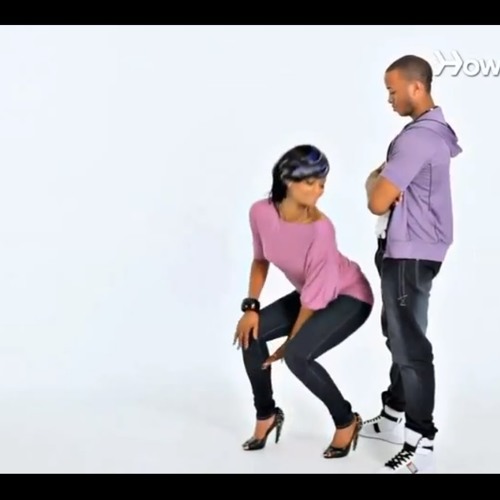 " - "And at the Orlovs you will jump like a ram - that's the whole difference! Talk to yourself incessantly with your lady - and they won't notice how you dance."
" - "And at the Orlovs you will jump like a ram - that's the whole difference! Talk to yourself incessantly with your lady - and they won't notice how you dance." Adelaide Eleonora Sophia Hauswolf, Swedish prisoner during the Russo-Swedish War of 1808-1809.
 Only a few of the townspeople were in fancy dress, but their costumes were so bad that they could be mistaken for commoners. Luckily, they weren't dancing, just running back and forth curiously. The governor opened the ball with a Polonaise with me. I was wearing a uniform dress with a wide ribbon, which caused a lot of questions.
Only a few of the townspeople were in fancy dress, but their costumes were so bad that they could be mistaken for commoners. Luckily, they weren't dancing, just running back and forth curiously. The governor opened the ball with a Polonaise with me. I was wearing a uniform dress with a wide ribbon, which caused a lot of questions. Pavel Svinin, writer, historian, diplomat, editor and publisher of Otechestvennye Zapiski
 [...] It is strange to believe that here (in New York - Rev. ) at the best balls only two violins squeak and a drum beats - and American Cottillions somehow jump over them both in moderation and not in moderation - just to dance. Apart from the cotillion, nothing else is danced here. Fathers and mothers are against the waltz - considering it indecent for a girl.
[...] It is strange to believe that here (in New York - Rev. ) at the best balls only two violins squeak and a drum beats - and American Cottillions somehow jump over them both in moderation and not in moderation - just to dance. Apart from the cotillion, nothing else is danced here. Fathers and mothers are against the waltz - considering it indecent for a girl. Daria Fikelmon, granddaughter of M.I. Kutuzova, the mistress of the literary salon, where A.S. Pushkin
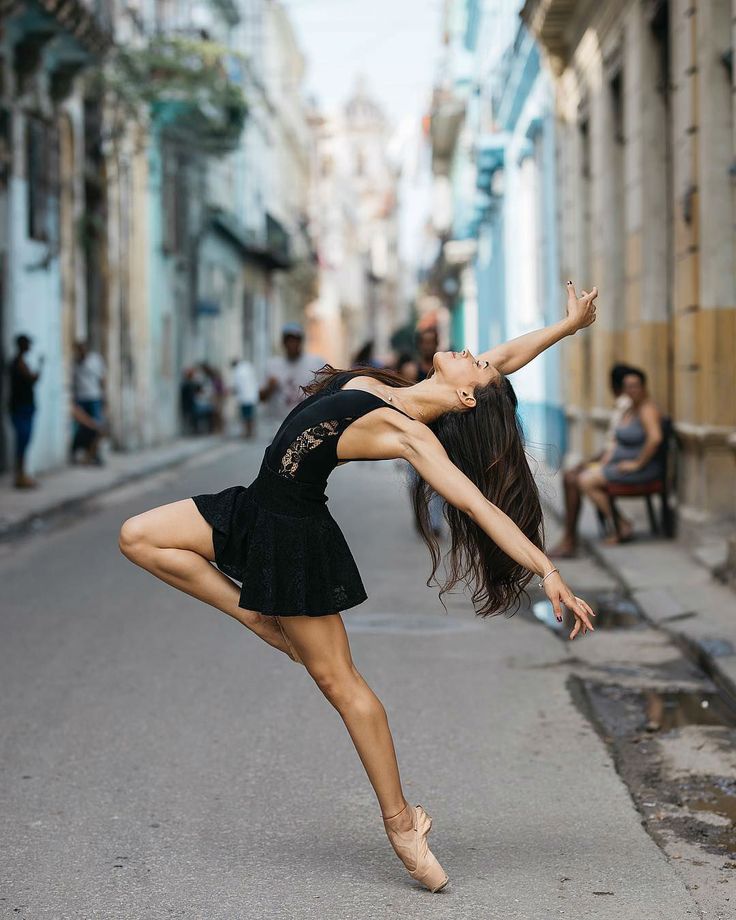 But, on the contrary, they seem to like everything here, and they are friendly to everything.
But, on the contrary, they seem to like everything here, and they are friendly to everything. Alexander Nikitenko, journalist, literary historian, censor, official of the Ministry of Public Education
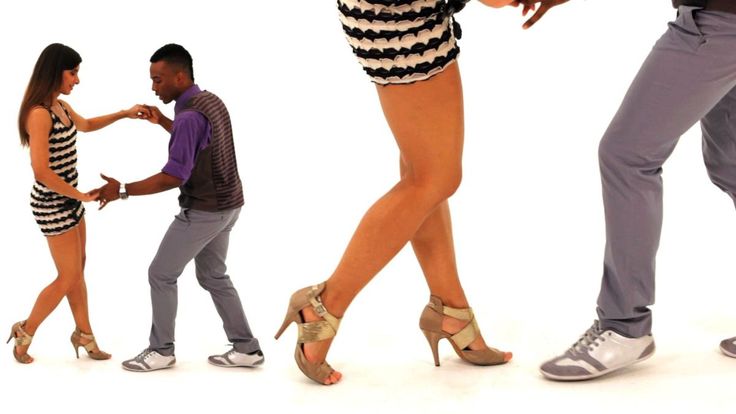 At this ball I found no more than three or four; to them, undoubtedly, belongs the physiognomy of my friend, Ivan Karlovich Gebhardt. Two distinctive features of his character are surprisingly clearly imprinted on his face: light, graceful-sly subtlety of mind and nobility. His face boils with the play of life, blooming, beautiful. It is light, open, noble. But be afraid to meet his smile: subtle Attic irony will appear in it, like a thorn near a rose.
At this ball I found no more than three or four; to them, undoubtedly, belongs the physiognomy of my friend, Ivan Karlovich Gebhardt. Two distinctive features of his character are surprisingly clearly imprinted on his face: light, graceful-sly subtlety of mind and nobility. His face boils with the play of life, blooming, beautiful. It is light, open, noble. But be afraid to meet his smile: subtle Attic irony will appear in it, like a thorn near a rose. Daria Fikelmon
 We danced the minuet and gavotte just fine, and everything, admittedly, turned out lovely.
We danced the minuet and gavotte just fine, and everything, admittedly, turned out lovely. Wilhelm Küchelbecker, poet and public figure, friend of Pushkin and Baratynsky, Pushkin's classmate at the Tsarskoye Selo Lyceum, collegiate assessor, Decembrist
Varvara Morozova, daughter of industrialist and collector A.I. Khludova, philanthropist
 I was in awe and eagerly awaiting the dance. I told Lydia that I would hate him, unless he invited me to the first quadrille, with trepidation I expected his arrival, he was not there, finally, he came up and engaged me. I was overjoyed and even went so far as to kiss Lydia's hand. How cute she is! Now, I thought, I have confidence in you.
I was in awe and eagerly awaiting the dance. I told Lydia that I would hate him, unless he invited me to the first quadrille, with trepidation I expected his arrival, he was not there, finally, he came up and engaged me. I was overjoyed and even went so far as to kiss Lydia's hand. How cute she is! Now, I thought, I have confidence in you. Peter Kropotkin, scientist, anarchist
 One cannot be satisfied with quadrilles - the tremblant polka, the unchanged mazurka polka, the roll (waltz. - Ed.). But the roll did not go smoothly: the musicians did not know another way than in three steps, convenient for dancing with a pipe in their hands or, perhaps, with a mug of beer - you can be sure that with such slow movements it would not have spilled.
One cannot be satisfied with quadrilles - the tremblant polka, the unchanged mazurka polka, the roll (waltz. - Ed.). But the roll did not go smoothly: the musicians did not know another way than in three steps, convenient for dancing with a pipe in their hands or, perhaps, with a mug of beer - you can be sure that with such slow movements it would not have spilled. Tatyana Sukhotina-Tolstaya, eldest daughter of L.N. Tolstoy, memoirist
 I have just come from the staff room, where my mother is celebrating her name day. They bought harmony and treats, and they dance there. Their dance enthralled me. Arina the cowgirl dances marvelously: she will pass so smoothly, then she will stop, she will move her shoulders and turn around quickly and start dancing again. I really wanted to go too, but it would be awkward, and they would feel it. No matter how beautiful the waltz and the mazurka are, it is incomparably less and more beautiful, and goes straight from the heart, and most importantly, more original: everyone shows his character in his dance, and it’s good that this cannot be taught, everyone has his own special manner.
I have just come from the staff room, where my mother is celebrating her name day. They bought harmony and treats, and they dance there. Their dance enthralled me. Arina the cowgirl dances marvelously: she will pass so smoothly, then she will stop, she will move her shoulders and turn around quickly and start dancing again. I really wanted to go too, but it would be awkward, and they would feel it. No matter how beautiful the waltz and the mazurka are, it is incomparably less and more beautiful, and goes straight from the heart, and most importantly, more original: everyone shows his character in his dance, and it’s good that this cannot be taught, everyone has his own special manner. Maximilian Voloshin, poet, translator, landscape painter, art and literary critic
 "Yes, I don't know how, I never danced!" - "Well, make up your mind, try it!" I made up my mind, and it turned out that I can dance the polka. "Well, now try the waltz!" - "Well, it's me, really, I can't do it at all. After all, I still learned to dance the polka, but never the waltz." - "Well, nonsense, let's go and learn this. After all, you didn't want to dance the polka either." I made up my mind, and it turned out that I could also dance a waltz. So in the end he went out and danced all the time and with all the ladies. I still can't believe that I could dance the polka and the waltz. Now, then, you can say that I'm dancing.
"Yes, I don't know how, I never danced!" - "Well, make up your mind, try it!" I made up my mind, and it turned out that I can dance the polka. "Well, now try the waltz!" - "Well, it's me, really, I can't do it at all. After all, I still learned to dance the polka, but never the waltz." - "Well, nonsense, let's go and learn this. After all, you didn't want to dance the polka either." I made up my mind, and it turned out that I could also dance a waltz. So in the end he went out and danced all the time and with all the ladies. I still can't believe that I could dance the polka and the waltz. Now, then, you can say that I'm dancing. Vladimir Lamzdorf, Minister of Foreign Affairs of the Russian Empire
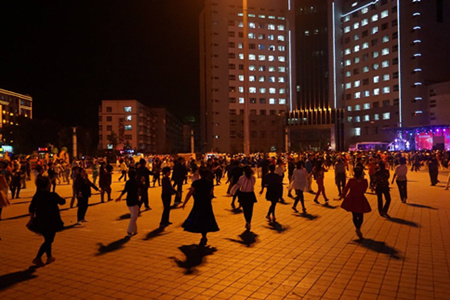 Girs invited Princess Yusupova to a French quadrille at the moment when the sovereign was approaching her with the same purpose. "Ah, you have already been invited, so let's dance the next quadrille," the sovereign seemed to say. Despite all the efforts of the princess and Girs to prove that no previous agreement could compare with the honor of the royal invitation, the sovereign confirmed his decision and gave Girs the first round of a quadrille with Princess Yusupova.
Girs invited Princess Yusupova to a French quadrille at the moment when the sovereign was approaching her with the same purpose. "Ah, you have already been invited, so let's dance the next quadrille," the sovereign seemed to say. Despite all the efforts of the princess and Girs to prove that no previous agreement could compare with the honor of the royal invitation, the sovereign confirmed his decision and gave Girs the first round of a quadrille with Princess Yusupova. Vera Khludova, 11 years old
Eugene Lansere, artist, member of the "World of Art" association
 Saturday - Sunday. 3 am. I have just returned alone (that is, with Mile) from the very first ball at the Meisners. Mom, Cat, Manya and Kolya still remained. I only want (and only because I haven't written for a long time) to draw a small parallel with the ball at Uncle Lyulya's.
Saturday - Sunday. 3 am. I have just returned alone (that is, with Mile) from the very first ball at the Meisners. Mom, Cat, Manya and Kolya still remained. I only want (and only because I haven't written for a long time) to draw a small parallel with the ball at Uncle Lyulya's. Sergei Zimin, theatrical figure, philanthropist, founder of a private theater
U N.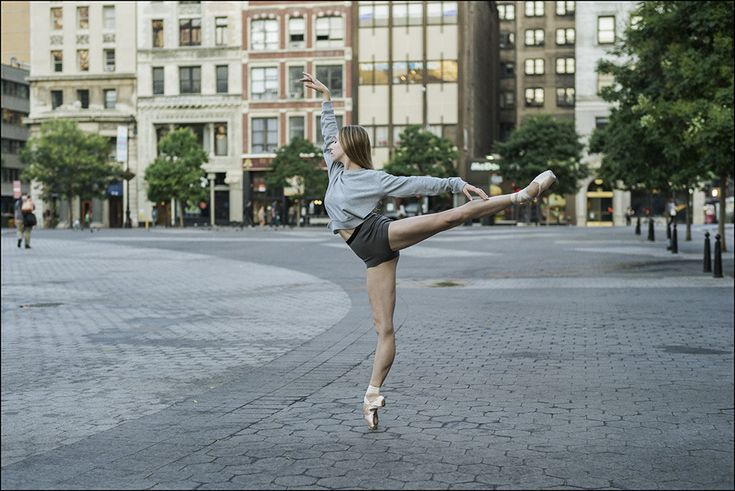 L. Zimin's blessing was a lot of fun. I even danced. To do this, they began to study with the ballet dancer Domashev, a wonderful dancer of the Bolshoi Theater. Small in stature, but surprisingly elegant, he fascinated us all, and we enjoyed studying with him.
L. Zimin's blessing was a lot of fun. I even danced. To do this, they began to study with the ballet dancer Domashev, a wonderful dancer of the Bolshoi Theater. Small in stature, but surprisingly elegant, he fascinated us all, and we enjoyed studying with him.
1915 YEAR
Sergey Vavilov, physicist
April 30/May 13. Vysniki. I went out into the garden in front of the house. A charming bright May night, the old house is lit in some places and acts as an elegiac bright spot among the ancient chestnut trees. Fun in the yard, tambourines, harmonica. The polka and mazurka are famously beaten off, couples are spinning. It is somehow inexpressibly sad to look at this fun. 2-3 days will pass, there will be Schmidts, Mullers and all sorts of Haudegen. Something like "Feast in the Time of Plague".
Celebration at the collegiate registrar's house. Early 1900s.
1920 YEAR
Nikolai Golovin, professor of geodesy at the Moscow Land Survey and a number of other institutes
January 13/26.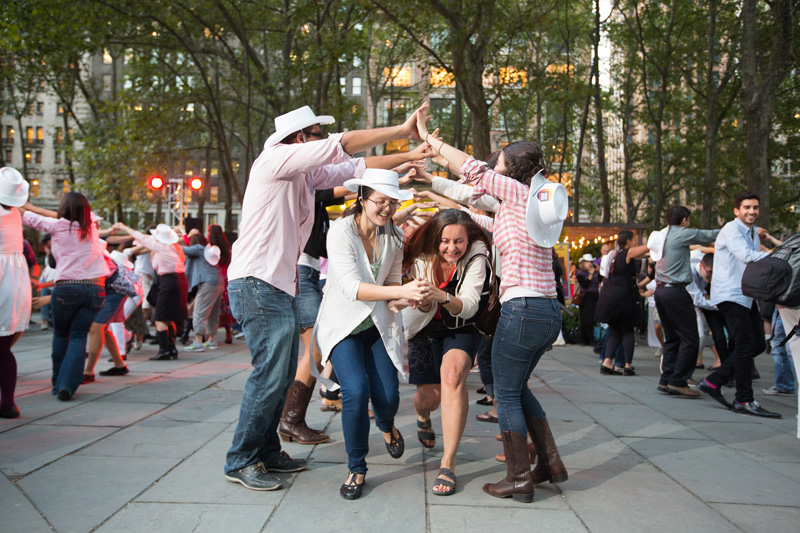 Yesterday was St. Tatyana, Alma Mater Day, Moscow University. The day before, the students of the Moscow Polytechnic [Institute and students of the Land Survey Institute] staged a concert-ball on Novaya Basmannaya in the house of the former Prince Kurakin. They invited me, they sent honorary tickets. But neither I nor Marusya could go there. Yesterday the students, and today the listeners reported that the evening was a success, there were teachers and professors with their wives. Many young people stayed until morning. Sofya Ivanovna Bocharnikova, our permanent clerk, stayed until 9hours of the morning. And after her departure, the hidden young people still danced until 11 o'clock in the morning. The artists were pleasantly surprised by the composition of the audience, it was "clean". They say that now it is the greatest rarity.
Yesterday was St. Tatyana, Alma Mater Day, Moscow University. The day before, the students of the Moscow Polytechnic [Institute and students of the Land Survey Institute] staged a concert-ball on Novaya Basmannaya in the house of the former Prince Kurakin. They invited me, they sent honorary tickets. But neither I nor Marusya could go there. Yesterday the students, and today the listeners reported that the evening was a success, there were teachers and professors with their wives. Many young people stayed until morning. Sofya Ivanovna Bocharnikova, our permanent clerk, stayed until 9hours of the morning. And after her departure, the hidden young people still danced until 11 o'clock in the morning. The artists were pleasantly surprised by the composition of the audience, it was "clean". They say that now it is the greatest rarity.
Nikita Okunev, employee of the shipping company
July 12/25. Oswald Spengler (German) wrote the book "Death of the West", which has an incredible success.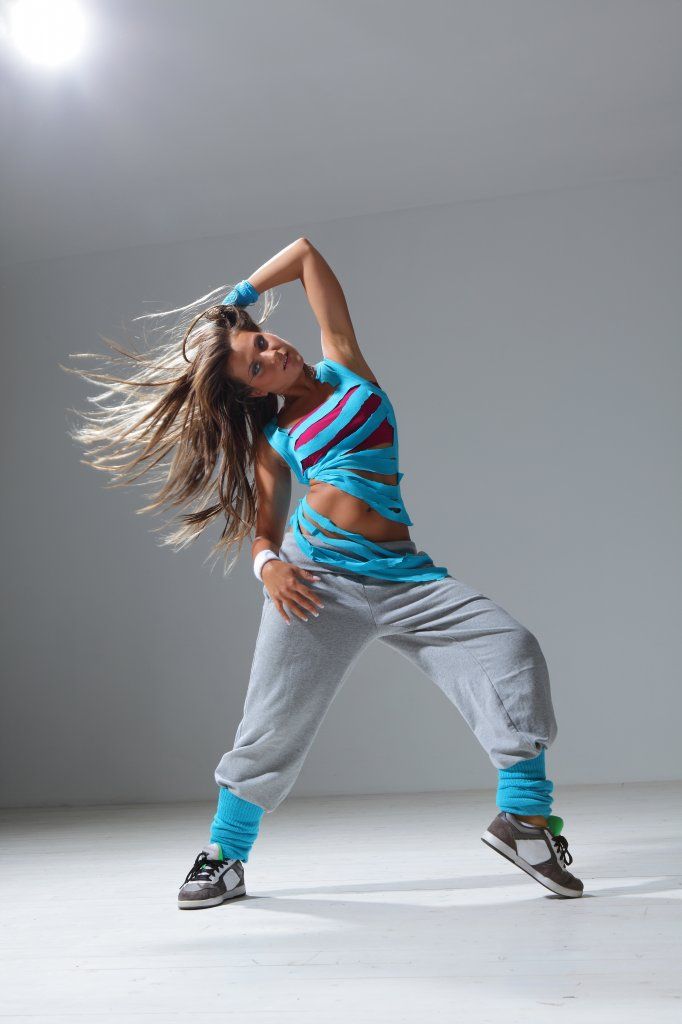 It vividly proves that all civilized humanity is now in a period of collapse, an unprecedented catastrophe and on the eve of death. The mass seeks support in crude mysticism and ... in the foxtrot. It means "fox step", the so-called fashionable dance that came from America. This is the legacy of tango. In the tango, he says, there was the refinement of vice, and in the foxtrot there was only the rudeness of debauchery.
It vividly proves that all civilized humanity is now in a period of collapse, an unprecedented catastrophe and on the eve of death. The mass seeks support in crude mysticism and ... in the foxtrot. It means "fox step", the so-called fashionable dance that came from America. This is the legacy of tango. In the tango, he says, there was the refinement of vice, and in the foxtrot there was only the rudeness of debauchery.
Yu. Pimenov. NEP. At the restaurant. 1927
1921
Nikolai Mendelson, philologist, teacher
5/I. Yesterday in the gymnasium there was a meeting of those who graduated from all the issues. 50-60 people gathered. E.I. Yermolova (Yermilova?) showed off her ballet studio. Ballet is now fashionable, as is poetry. As in the old days, very old, embroidering purses, the pianoforte and the French language were a necessary accessory for the upbringing of a girl, so now "poetry" - theoretical and practical - and ballet have become the same necessity.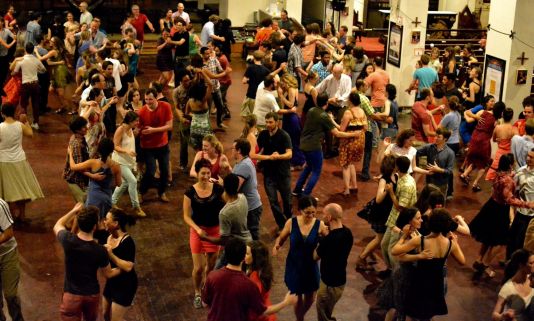 Girls and girls from the studio in most external data do not have: bad figures and ugly legs. Two or three, however, nothing. Dancing, in general, is very mediocre.
Girls and girls from the studio in most external data do not have: bad figures and ugly legs. Two or three, however, nothing. Dancing, in general, is very mediocre.
Ksenia Solovova, chemist
March 14th. I danced in the gymnasium with Kirill Focht, he is so sleepy, he does everything wrong. I didn’t even have much pleasure in dancing! Whether it's Styopa's business, it's nice to be with him, he's so dexterous. He is now quite firmly settled in my heart.
1927
Irina Knorring, poetess, memoirist, emigrant
February 2nd. For the first, and perhaps the last time I saw dancing in Paris. There were many French women, and they gave the evening a peculiar Parisian flavor. Small figurines, cropped hair, raised shoulders, short dresses, lined eyes and bright lips - dolls, porcelain figurines. God ordered them to dance the foxtrot, it is stylish and even beautiful in its own way. And when our Russian aunt with breasts in three girths begins to bend, to stagnate, then this is ridiculous and ugly.
Feature of the new dances: they are not cheerful (not my idea). The French women dance seriously, they perform sacred rites. No flushed cheeks and sparkling eyes. There is no fun and no beauty, but dancing does not always serve fun and aesthetics, and such a touch of two bodies, so close that you feel every curve of the body, reaches its own. Sometimes it is enough to take the hand above the hand to feel the trembling "of the whole body along." Yes, Marina!
1930
Olga Radivilina, schoolgirl
January 3rd. After supper, everyone began to dance the foxtrot, what an ugly dance it is: people press against each other with their whole bodies up to the head and then move in this position on the floor, making barely noticeable figures that in an ordinary position would be taken for indecent.
People dance the foxtrot to hug each other, why can't they hug without music if they want to? Why is it considered indecent? Why is it not indecent to make voluptuous movements to the music? I don't understand why there are such conventions. If you want to hug, then hug without music.
If you want to hug, then hug without music.
I really liked Rudzutak's behavior, emphasizing my thoughts. One young woman (one of the people I like in this company) invited him to dance the foxtrot (he doesn't dance at all). He took her, put his arms around her, pressed her to him. She struggled, but he was strong, holding her a little so he released her and said that it was better than a foxtrot. In fact, it's better than the foxtrot. But not everyone is allowed to do this, and not everyone dares to hug a woman, and not every woman will allow herself to be hugged without music.
1934
Boris Sushchenko, resident of Barnaul
December 17th. Left home at 8 yesterday, arrived at 1 1 / 2 at night; played with Oleg Vit. 3 hours in chess, (won), and from 11 am to 1 am - ... "and!" tango and foxtrot! Here are miracles in a sieve, I'm dancing... tango. For the time being, successes on the "bang", the sequence and "formulation" of movements do not fit in the head - the legs fail; summary, or what, start?
K. Korovin. Village dances. 1936 year.
Korovin. Village dances. 1936 year.
1936
Nina Kosterina, Komsomol member, daughter of the repressed writer and journalist A. Kosterin
I would like to start the diary from a date that for some reason stuck in my memory. It was April 8th. I was fifteen years old and celebrating my birthday. At the party I had Alik, Boris, Volodya, Volya, Lusya, Tonya and Vitya. I was worried before the evening and was afraid that it would be boring. However, the evening went well - not a single birthday of my life was so fun. And that evening, for the first time, I "risked" dancing with the boys - with Alik and Vitya. When Alik hugged me around the waist, and I put my hand on his shoulder, I involuntarily shuddered - it was such an exciting and joyful feeling. I have been dancing for a long time and love to dance, but never with such pleasure. Jokingly, Alik lifted me into the air: my heart sank, my breath caught and my cheeks burned with heat ...In a holiday home. 1938
1937
Dmitry Mikhailov, high school student
November 23rd.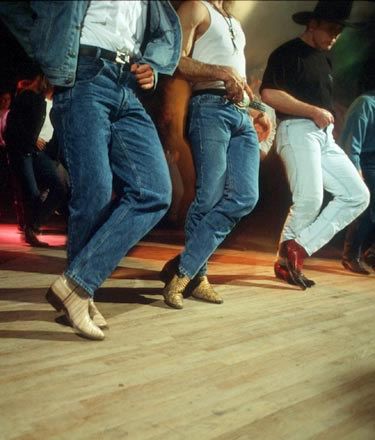 For a long time I wondered: "Why don't our guys dance?" After all, the guys 2-3 years older than us already danced in the 8th-9th grades. They don't dance because they are embarrassed to learn. (And why don't I dance? Yes, that's why, too, perhaps).
For a long time I wondered: "Why don't our guys dance?" After all, the guys 2-3 years older than us already danced in the 8th-9th grades. They don't dance because they are embarrassed to learn. (And why don't I dance? Yes, that's why, too, perhaps).
This evening there were several guys and girls in the class for the rehearsal of the play. Well, they messed around, of course. I started talking about dancing. Galya Fursova told me: "Dimka, let's learn to dance!" And instead of the usual refusal, I said: "Come on." She looked a little embarrassed, but that's okay. For a few minutes she taught me to dance the foxtrot. Artemov V. (Pistik) immediately wanted to study. She taught him further and almost learned it.
And now I'm sure that all the "leading" guys in our class will start learning to dance.
1943
Galina Zimnitskaya, a student of the FZO, blockade
I celebrated the First of May in a way I couldn't even dream of.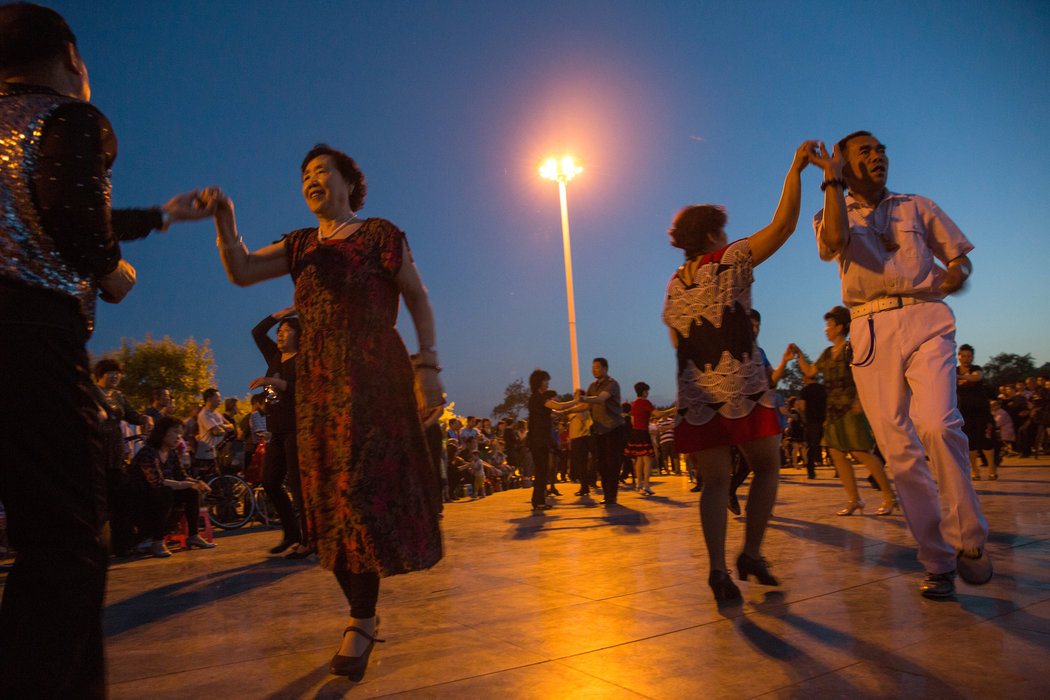 We went to the factory yard, where they had a dance. I didn't dance because my shoes fell apart in the winter. I was in my grandmother's leather slippers and therefore huddled on the sidelines. But it didn't spoil my holiday. And in the yard, the bosses, a little tipsy, were dancing so much that it was a pleasure to watch. The accordionist played everything that was asked: a Russian, a gypsy girl, a lady and even a quadrille.
We went to the factory yard, where they had a dance. I didn't dance because my shoes fell apart in the winter. I was in my grandmother's leather slippers and therefore huddled on the sidelines. But it didn't spoil my holiday. And in the yard, the bosses, a little tipsy, were dancing so much that it was a pleasure to watch. The accordionist played everything that was asked: a Russian, a gypsy girl, a lady and even a quadrille.
At rest. 1943
1944
Vladimir Tarasov, participant in the battles for the liberation of the Baltic States
Yesterday we were given warm footcloths and mittens. Suddenly the radio started playing tango. Kostya and I could not stand it and let's dance. How I would like to arrange a small evening, dance, have fun. But, alas, oh!Grigory Kasyan, political instructor
December 19th. Hospital N 3336. Toropets. The other day I learned to dance to the button accordion and have already danced the Boston waltz, tango and foxtrot.
